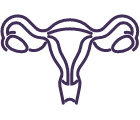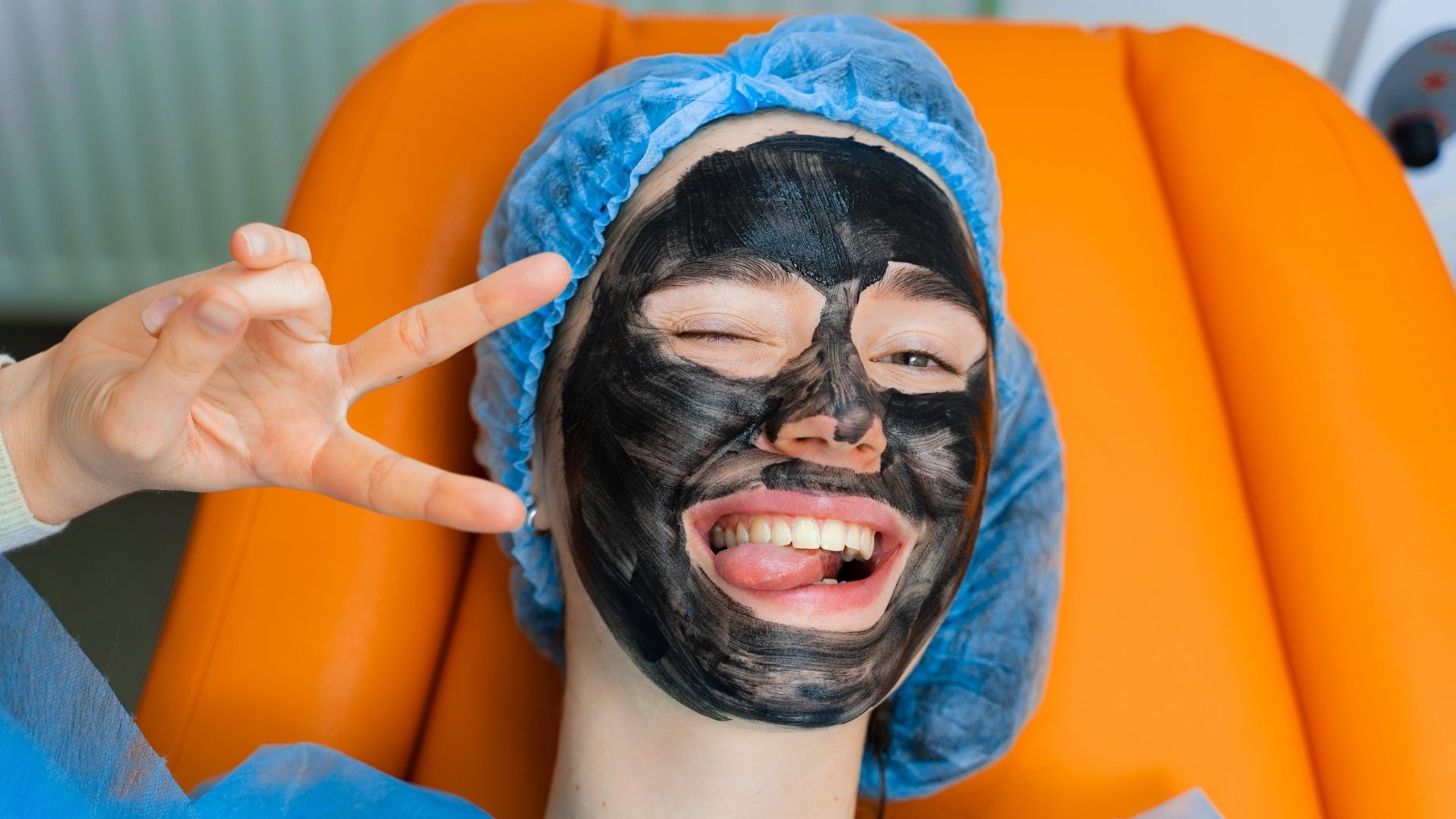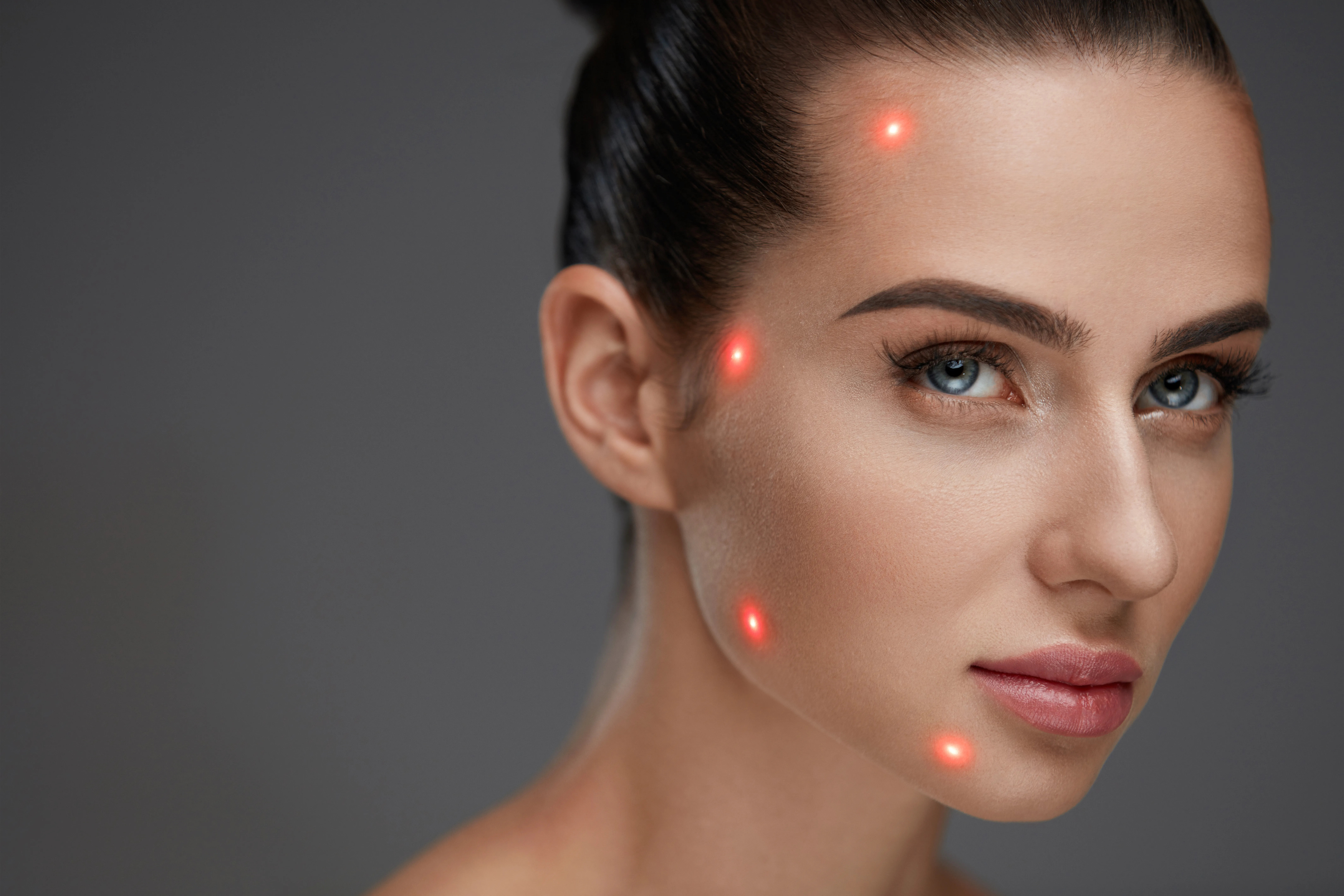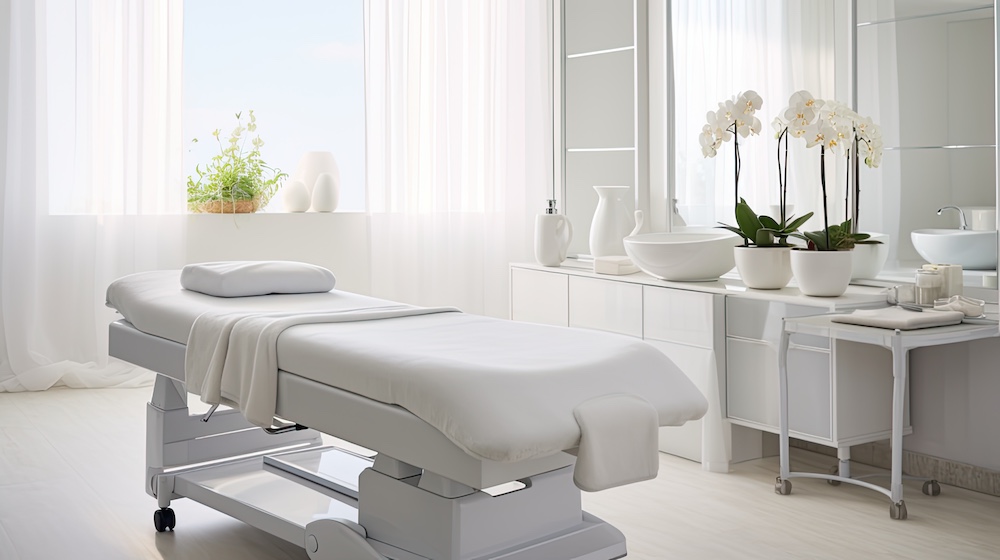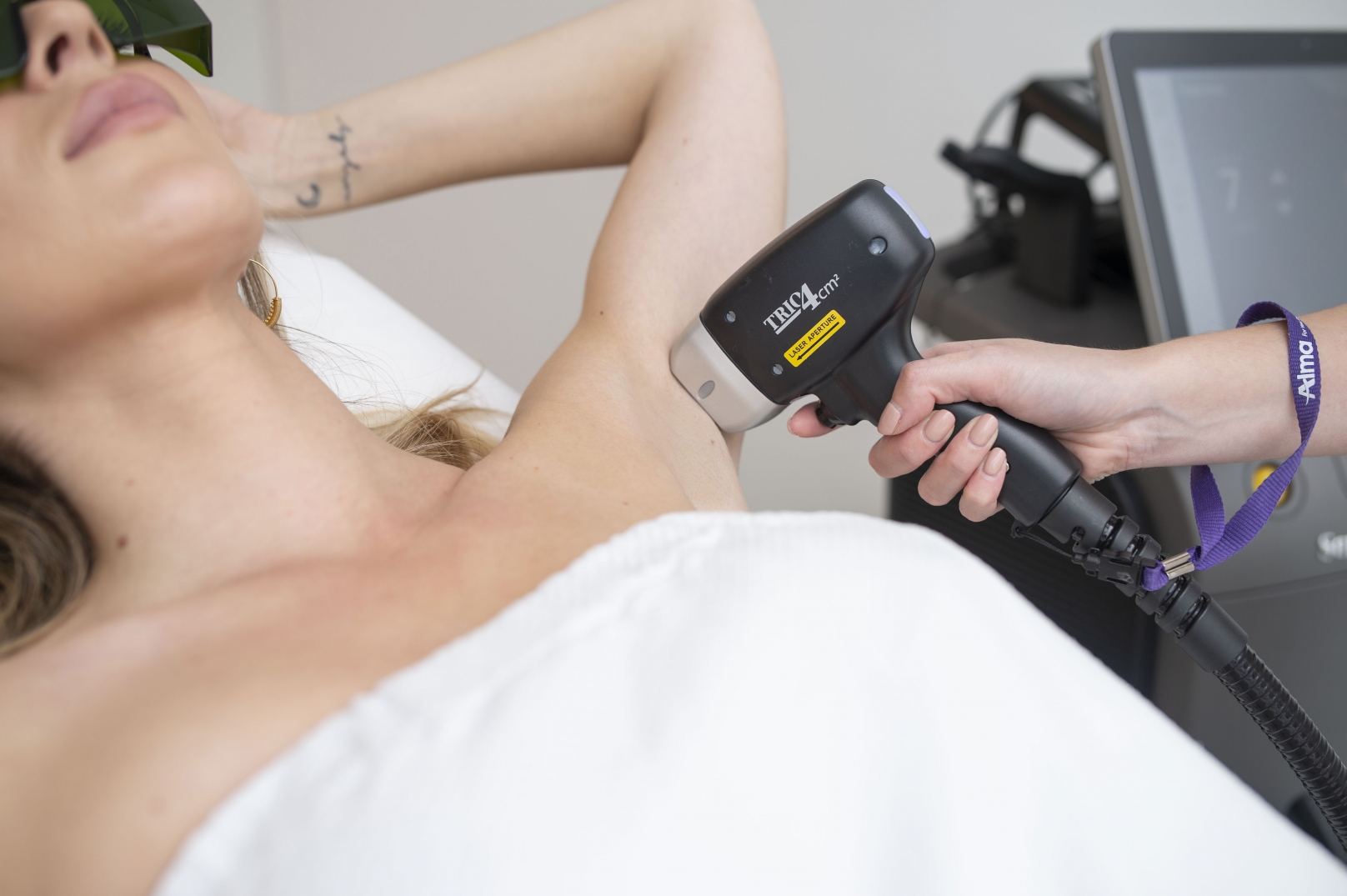Around the world, the skincare industry is estimated to be worth $511 billion. Obviously, the health and appearance of our skin is a universal desire.
With that in mind, there are always new and innovative skincare treatments designed to help you put your best face forward.
You’ve probably heard of laser skin treatments and chemical peels. Laser carbon peeling is a version that aims to revitalize and exfoliate your skin so that it looks healthier and younger.
If you’ve never heard of the treatment, you’re in the right place. Use this laser carbon peel guide to find out everything you need to know about the procedure and what you can expect.
What Is a Carbon Laser Peel?
A carbon laser peel is a mildly invasive skin resurfacing treatment that is designed to treat certain skin issues. It differs from traditional chemical peels but produces similar results.
Instead of using chemicals, a carbon peel utilizes heat, which is delivered via lasers. It’s often a better choice for individuals with sensitive skin. Unlike a chemical peel, there’s less risk of redness and irritation.
A carbon solution is combined with lasers to remove the top layers of skin, revealing the fresher skin beneath. It’s a painless procedure that doesn’t require any downtime.
What Can It Treat?
There are a variety of skin conditions that may benefit from carbon laser peeling. It’s best for use with mild to moderate issues and isn’t always the ideal choice for severe skin problems.
One of the most common reasons people try a carbon peel is to treat acne. It targets current breakouts, as well as pigmentation and scarring left behind by past breakouts.
A carbon peel is also a good choice for reducing pore size and clearing clogged pores. It works for lightening pigmentation on your skin and for dark spots that arise due to age and sun exposure.
For people who want to slow down the signs of aging, a carbon peel can help. It works to soften and blur fine lines and wrinkles.
Because carbon peels are ideal for people who have sensitive skin, it’s often a better choice for those with eczema and rosacea.
A carbon peel isn’t right for everyone. Talk it over with your dermatologist to determine if it’s a viable solution for caring for your skin.
During the Procedure
Knowing what to expect during a carbon peel goes a long way toward ensuring that you get the most out of it and aren’t nervous when the time comes. It’s mildly invasive and doesn’t require any preparation.
The one caveat to this is if you use any prescription skin care products. You may need to discontinue their use for a short time before having a carbon peel.
A dermatologist or medical spa is the best place to undergo the procedure. The first step is to apply the carbon solution. This is usually done via a lotion that is dark-colored due to the presence of carbon.
The lotion is left to dry for about 15 to 20 minutes. During this time, it collects the grease, debris, and product build-up on your skin. Because the treatment is painless, you won’t need any numbing cream on your face.
Next, a laser is passed over the surface of your skin. This heats the carbon solution and helps it remove impurities and exfoliate your face. The warmth of the laser depends on your skin type.
The next step is to aim a pulsed laser at your skin. This destroys the carbon and any impurities left behind on your skin. The heat also starts the healing process and boosts collagen production.
The end result is younger-looking skin that’s plumper, smoother, and healthier.
Recovery
The good news is that a carbon peel doesn’t require any downtime and recovery is minimal. You may notice a slight redness across the surface of your skin, but this is usually minor and resolves quickly.
Immediately following treatment, you’ll need to use gentle skincare products. You will also want to wear sunscreen to limit further irritation caused by the sun.
For about a week after the treatment, you should avoid using any other exfoliating products and those that contain retinol. Collagen boosting products can enhance the results of your carbon peel.
Most patients return to normal activities as soon as their carbon laser peel is completed. There’s no need to schedule time off to recover and most people probably won’t notice that you’ve had the treatment done.
You will probably see an improvement right away since a carbon peel exfoliates. That means smoother, cleaner skin immediately after the carbon solution is washed away.
Laser Carbon Peel Cost
The cost of a laser carbon peel won’t be covered by insurance and averages about $400 per session. While you will see results with just one treatment, experts suggest more than one to achieve maximum benefits.
For most patients, four to six treatments are best. They should be spaced several weeks apart. Your doctor can help you decide how many sessions are right for your skincare needs.
Side Effects of Laser Carbon Peeling
The most noticeable side effects of a carbon laser peel are redness and a slight tingling sensation. This is usually short-lived and not severe enough to require any additional care.
While the risk of side effects after a carbon peel is small, it’s always best to have the treatment performed by a professional. This reduces the risk and ensures the best results.
If you notice any other side effects, let your doctor know right away.
Taking the First Step
The right products and equipment are important for providing effective laser carbon peeling. Our tools are here to help you each and every time.
Providing quality skincare treatments is important for you and your clients. Check out all of the ways that our carbon peel products can help you get the job done.







